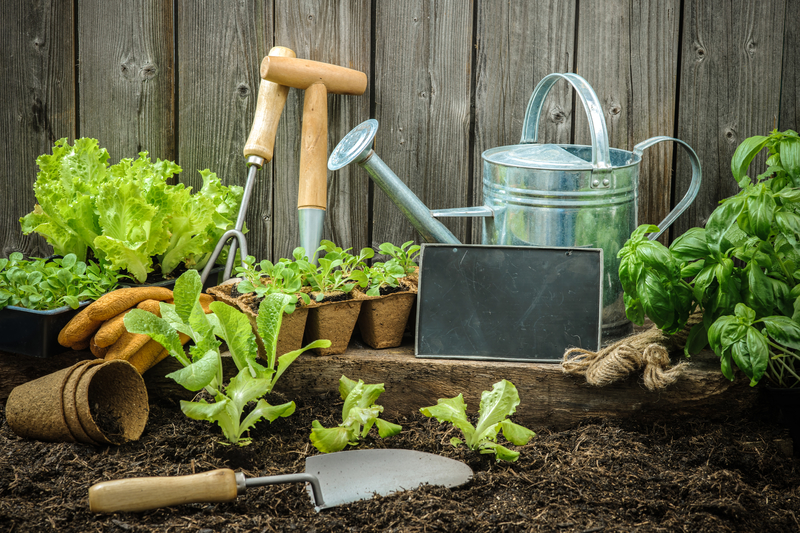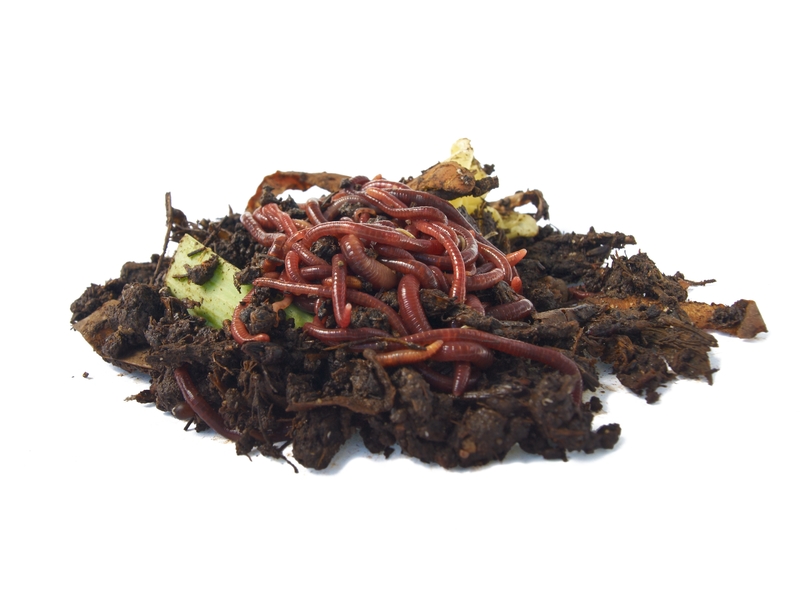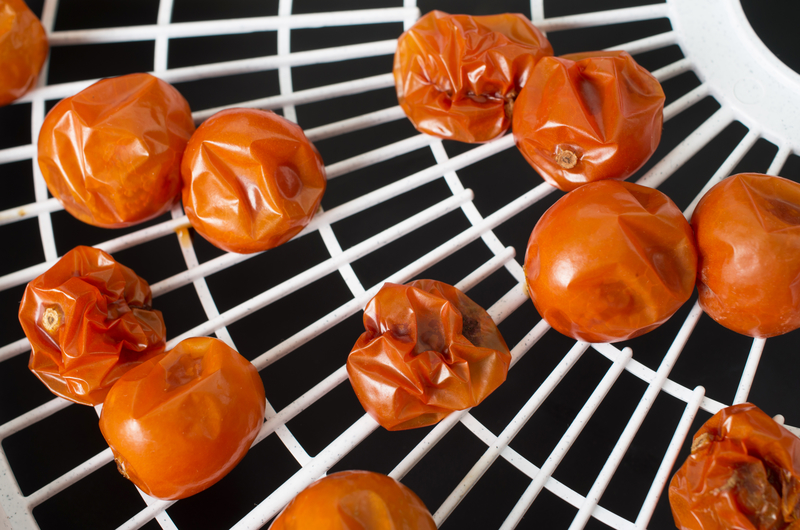How to Make Delicious Homemade Butter
Imagine the smell of freshly made homemade bread. Now imagine spreading your own homemade butter on a slice of steaming hot bread. Is your mouth watering yet? Mine is! One of the things about my mom that I miss the most is her homestead cooking and one of my favorites was that creamy homemade … Read more








